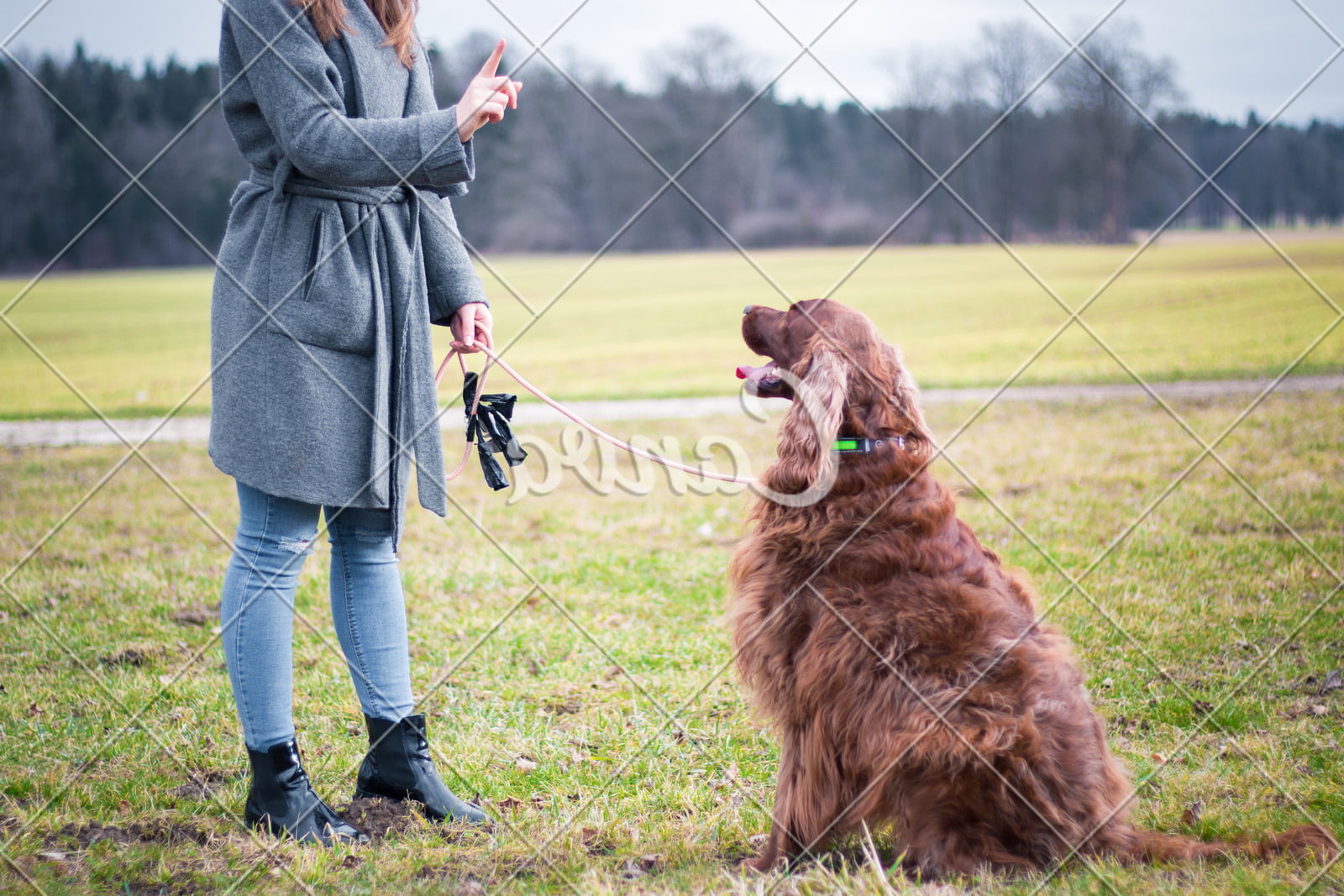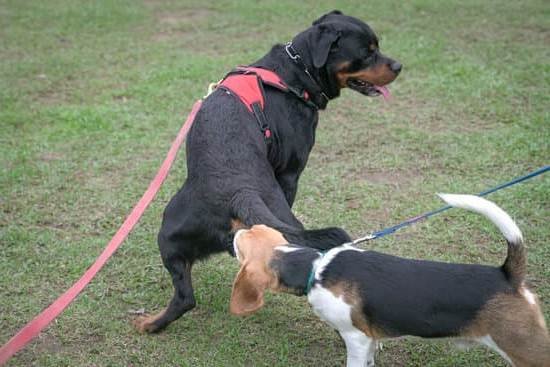Training pads for dogs are an essential tool for pet owners looking to effectively potty train their furry companions. Whether you have a new puppy or an older dog, using training pads can make the process of teaching them where to go to the bathroom much easier. In this article, we will explore the importance of training pads for dogs, the benefits of using them, the different types available, and how to choose the right one for your pet.
Using training pads for dogs offers many benefits, such as providing a designated indoor bathroom area, protecting your floors and carpets from accidents, and reducing stress for both you and your pet during the potty training process. Additionally, they can be particularly helpful if you live in an apartment or have limited access to outdoor spaces for frequent potty breaks.
When it comes to choosing the right training pad for your dog, there are various factors to consider such as size and absorbency level. Understanding these factors and introducing the training pads properly are essential elements in successfully integrating them into your potty training routine. Throughout this article, we will also discuss common mistakes to avoid when using training pads and provide tips for successful potty training with their help.
Benefits of Using Training Pads for Dogs
When it comes to potty training your dog, using training pads can offer several benefits that make the process easier for both you and your furry friend. Here are some of the key advantages of incorporating training pads into your dog’s potty training routine.
Convenience
One of the biggest benefits of using training pads for dogs is the convenience they offer. Whether you live in a high-rise apartment or a house with a backyard, having training pads on hand means that your dog always has a designated spot to go when nature calls. This can be especially useful if you live in an area where taking your dog outside frequently may not be feasible.
Indoor Training Option
Training pads provide an indoor option for potty training, which can be particularly helpful during extreme weather conditions or for pet owners with mobility issues. Training pads allow dogs to go potty indoors without causing any mess or damage to floors or carpets, making them a practical solution for many pet owners.
Transitioning Periods
For young puppies who have not yet completed their vaccinations, training pads can serve as a safe and hygienic option while still providing the necessary consistency needed to successfully train them to eliminate outdoors. Additionally, for adult dogs transitioning from outdoor to indoor living arrangements due to health reasons or other factors, training pads provide familiarity and support during this adjustment period. By providing clear boundaries and reinforcing positive behaviors, trainers can help these dogs navigate this new environment successfully.
By understanding the many benefits that come with using training pads for dogs, pet owners can make an informed decision about whether this method is suitable for their lifestyle and pet care needs. Ultimately, patience and consistency are key when integrating these tools into your dog’s potty training routine, leading to successful results in a shorter period.
Types of Training Pads for Dogs
When it comes to potty training your dog, one of the most essential tools you can have in your arsenal is training pads. These pads are specifically designed to absorb urine and are an effective way to prevent accidents in your home. When it comes to choosing the right type of training pad for your dog, you will typically come across two options: disposable and washable.
Disposable training pads for dogs are convenient and easy to use. They are made with an absorbent material that locks in moisture, preventing leaks and odors. These pads are ideal for busy pet owners who may not have the time or resources to constantly clean and wash reusable pads.
On the other hand, washable training pads for dogs are environmentally friendly and cost-effective in the long run. While they may require regular washing, they can be a sustainable option for those looking to minimize their environmental impact.
In order to choose between disposable and washable training pads, consider factors such as convenience, sustainability, cost, and the specific needs of your dog. Some dogs may respond better to one type over the other, so it’s important to assess your dog’s behavior and habits when making this decision. Ultimately, both disposable and washable training pads can be effective tools in potty training your dog, so choose the option that best suits your lifestyle and values.
| Training Pad Type | Advantages |
|---|---|
| Disposable | Convenient, absorbent material locks in moisture |
| Washable | Environmentally friendly, cost-effective in the long run |
How to Choose the Right Size and Absorbency for Your Dog
When choosing the right size and absorbency for your dog’s training pads, there are a few important factors to consider. The size of the training pad should be appropriate for your dog’s breed and size. For small breeds, a smaller pad may be sufficient, while larger breeds will require a larger pad to accommodate their needs. It’s important to choose a pad that is large enough for your dog to comfortably use without missing the pad.
In addition to size, absorbency is also crucial when selecting training pads for dogs. Dogs have different potty habits, so it’s essential to choose a pad with the right level of absorbency for your pet. For puppies or small dogs, a thinner pad with less absorbency may be suitable. On the other hand, larger dogs or adult dogs with bigger bladder capacity will require a thicker and more absorbent pad.
It’s also important to take into account the frequency of potty breaks and how long your dog will be left alone during the day. If you’re away from home for longer periods, you may need a more absorbent pad to ensure that it can hold up throughout the day.
Ultimately, choosing the right size and absorbency will depend on your dog’s individual needs and habits. By selecting the appropriate training pads for your dog, you can make the potty training process easier and more successful.
| Size | Absorbency Level |
|---|---|
| Small Breed | Thinner pad with less absorbency |
| Larger Breed | Thicker and more absorbent pad |
Training Techniques for Introducing Training Pads to Your Dog
Introducing your dog to training pads can be a seamless process if done correctly. Whether you have a new puppy or an older dog, using the right techniques can make the transition smooth and successful. Here are some effective training techniques for introducing training pads to your furry friend.
Consistency Is Key
Consistency is crucial when it comes to potty training your dog with training pads. Choose a designated spot in your home where you want your dog to use the pads and stick to that location. Make sure it’s easily accessible for your pup and try to keep the pad in the same place every time.
Positive Reinforcement
Using positive reinforcement, such as treats or praise, can go a long way in encouraging your dog to use the training pads. Whenever your dog successfully uses the pad, reward them with their favorite treat or give them lots of praise. This will help reinforce the behavior and make them more inclined to use the pad in the future.
Patience and Persistence
Potty training takes time and patience, so it’s important to be persistent and not get discouraged if there are some setbacks along the way. Keep in mind that accidents will happen, especially during the initial stages of training. With consistent reinforcement and patience, your dog will eventually learn to use the training pads effectively.
By implementing these training techniques, you can effectively introduce training pads to your dog and set them up for successful potty training. Remember to be patient, consistent, and offer positive reinforcement throughout the process. With time and practice, your furry friend will soon become accustomed to using their designated training pads for dogs.
Common Mistakes to Avoid When Using Training Pads
When it comes to potty training your dog using training pads, there are some common mistakes that pet owners should be aware of in order to ensure successful training. Avoiding these mistakes can make the process smoother for both you and your furry friend. Here are some common pitfalls to steer clear of:
1. Inconsistency: One of the biggest mistakes when using training pads for dogs is being inconsistent with their use. If you switch back and forth between using the pads and taking your dog outside, it can confuse them and hinder the training process. It’s important to establish a routine and stick to it.
2. Placing the Pad in the Wrong Spot: Another mistake is placing the training pad in an inconvenient or undesirable location for your dog. Make sure to put the pad in an easily accessible area, away from your dog’s bed or food bowl, but still within their designated potty area.
3. Not Changing the Pad Frequently Enough: Training pads for dogs need to be changed regularly to maintain cleanliness and encourage proper use. Failing to change the pad frequently can lead to accidents and may discourage your dog from using it altogether.
By avoiding these common mistakes when using training pads for dogs, you can effectively potty train your furry friend and enjoy a cleaner, more convenient living space for both of you. Remember that patience and consistency are key when it comes to successful potty training with training pads.
Tips for Successful Potty Training With Training Pads
Successfully potty training a dog using training pads requires consistency, patience, and the right techniques. Whether you have a new puppy or an older dog, using training pads can be a convenient and effective way to teach them where to go potty. Here are some tips for successful potty training with training pads:
- Establish a Routine: Dogs thrive on routine, so it’s essential to take your dog to the training pad regularly, especially after they wake up, eat, or play.
- Use Positive Reinforcement: When your dog successfully uses the training pad, praise them and offer a treat as positive reinforcement. This will help them associate using the pad with something positive.
- Monitor Your Dog’s Behavior: Keep an eye on your dog’s behavior, such as sniffing or circling, which may indicate that they need to go potty. Quickly guide them to the training pad if you notice these signs.
In addition to these tips, it’s important to keep the training pads clean and replace them as needed. Regularly changing the pads will help maintain a hygienic environment for your dog and reinforce good potty habits. With consistent training and positive reinforcement, most dogs can learn to use training pads effectively.
Remember that every dog is different, so it may take some time for your furry friend to get used to using the training pads consistently. Be patient and stay consistent with your training methods, and eventually, you’ll see success in potty training with training pads for dogs.
Real-Life Success Stories
In conclusion, training pads for dogs have proven to be a valuable tool for dog owners in successfully potty training their pets. The benefits of using training pads are evident, including convenience, cleanliness, and the ability to gradually transition a dog to go potty outdoors. Whether choosing disposable or washable training pads, it’s important to consider the right size and absorbency for your dog to ensure effectiveness.
Introducing training pads to your dog may require some patience and consistent training techniques. However, with proper guidance and dedication, many dog owners have found success in using training pads as part of their potty training routine. It’s important to avoid common mistakes such as inconsistent use of the pads or punishment for accidents, as these can hinder the effectiveness of the potty training process.
Real-life success stories from dog owners who have used training pads further emphasize the positive impact that this tool can have on a pet owner’s life. By following tips for successful potty training with training pads and being patient with the process, many dogs have successfully transitioned from indoor pottying to outdoor habits. Overall, the use of training pads has been instrumental in helping many dog owners achieve successful and stress-free potty training experiences with their pets.
Frequently Asked Questions
Do Dog Training Pads Work?
Dog training pads can be effective for housebreaking puppies or for senior dogs with mobility issues. They provide a designated area for dogs to relieve themselves indoors, but consistent training and positive reinforcement are key for success.
Is It Hard to Train a Dog to Use a Pee Pad?
Training a dog to use a pee pad can be challenging, especially for older dogs who are used to going outside. It requires patience, consistency, and positive reinforcement. Some dogs may pick up on it quickly, while others may take longer to learn.
What Age Should a Puppy Be Pad Trained?
Puppies can start pad training as early as 12 weeks old. At this age, they have better control over their bladder and bowels, making it easier to teach them where it’s appropriate to go potty. However, the best age ultimately depends on the individual puppy’s development and readiness for training.

Welcome to the blog! I am a professional dog trainer and have been working with dogs for many years. In this blog, I will be discussing various topics related to dog training, including tips, tricks, and advice. I hope you find this information helpful and informative. Thanks for reading!





